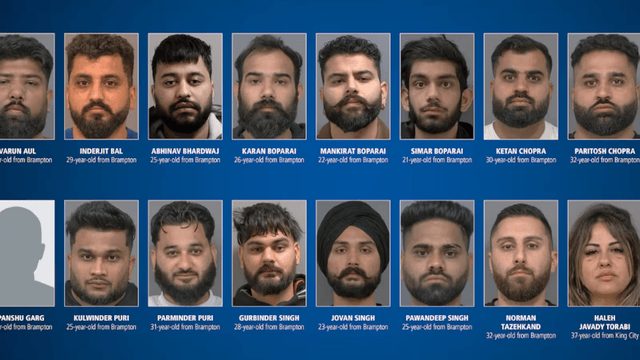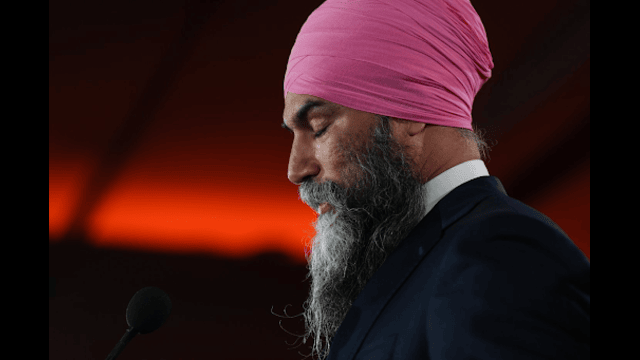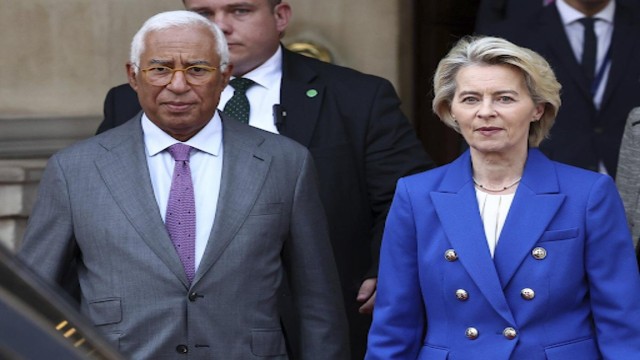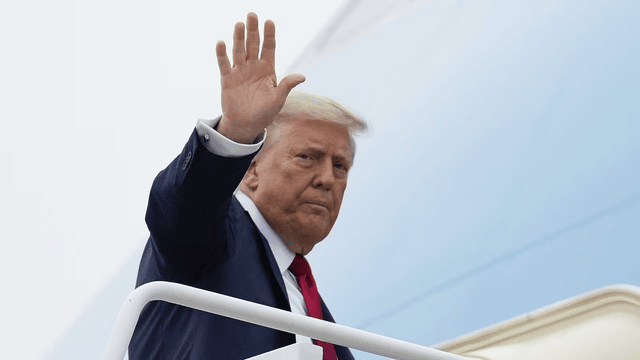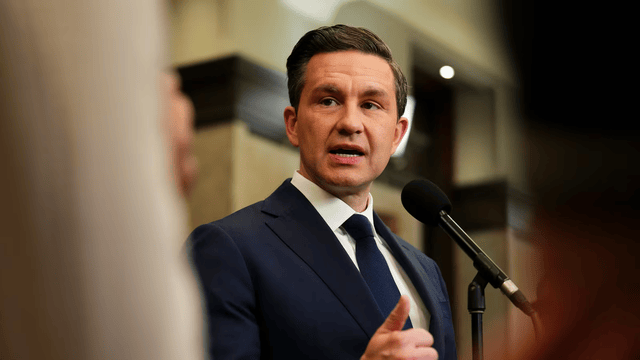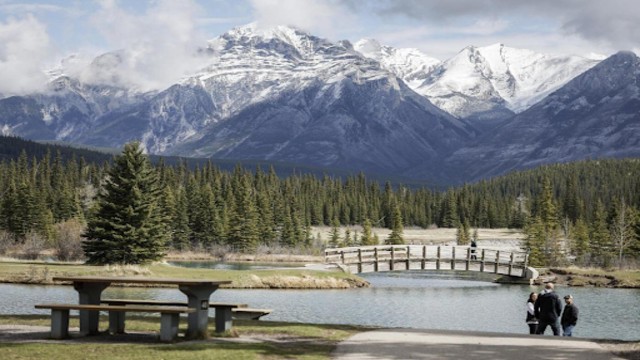
U.S. President Donald Trump signs executive orders in the Oval Office at the White House on Thursday, January 30, 2025, in Washington. (AP)
U.S. President Donald Trump has made it clear that Canada cannot prevent the tariffs he plans to impose. During a press conference, Trump was asked if there was anything Canada, China, or Mexico could do to stop the tariffs, and his answer was simple: “No, nothing. Not right now. No.”
Trump’s decision to impose tariffs follows concerns about illegal fentanyl entering the U.S. from Canada. White House Press Secretary Karoline Leavitt explained that the president plans to implement a 25% tariff on Mexico and Canada and a 10% tariff on China to address the fentanyl issue. Trump also mentioned that the U.S. had a significant trade deficit with Canada, which he believed justified the tariffs.
“The president will be implementing tomorrow a 25 per cent tariff on Mexico, 25 per cent tariffs on Canada, and a 10 per cent tariff on China for the illegal fentanyl that they have sourced and allowed to distribute into our country,” Leavitt said. Trump himself referred to the U.S. trade deficit with Canada, claiming it was unfair to the U.S.
In 2024, the U.S. trade deficit with Canada was estimated to be about $45 billion, not the $200 billion Trump cited. Despite this, Trump remained firm in his stance that the tariffs were necessary.
Initially, Trump had threatened to impose 25% tariffs on all imports from Canada and Mexico starting on his second term's first day. However, he later signed an executive order to study broader trade practices, with the deadline extended to April 1. As of now, February 1 was set as the implementation date for these tariffs.
Foreign Affairs Minister Melanie Joly of Canada responded to Trump’s remarks, stating that the Canadian government had not received any clear details about the tariffs yet. She emphasized that Canada was ready to respond forcefully, though specifics had yet to be finalized.
Trump also discussed plans to impose tariffs on Canadian oil, mentioning he might reduce the proposed tariff on oil from 25% to 10%. The United States is the biggest destination for Canadian crude oil, with shipments reaching a record of 4.3 million barrels per day in October 2024. Alberta Premier Danielle Smith has been advocating for oil and gas to be exempt from the tariffs.
As the trade dispute continues, Canada’s government is preparing a multi-phase retaliation plan. Canada plans to target American products such as Kentucky bourbon and Florida orange juice in its first round of tariffs. The second round would target U.S. goods worth $37 billion, and the third phase could include an additional $110 billion worth of American products.
Prime Minister Justin Trudeau has acknowledged that Canada could face difficult times if the tariffs are imposed. However, he assured Canadians that the government would provide support. “We’re ready with… a purposeful, forceful but reasonable, immediate response,” he said.
Trump’s tariffs could hurt both the U.S. and Canadian economies. Analysis shows that a 25% tariff could shrink Canada’s GDP by 2.6%, costing households an average of $1,900 annually. The U.S. could see a 1.6% drop in GDP and a $1,300 hit to American households.
With $3.6 billion in goods crossing the Canada-U.S. border daily, the two countries’ economies are deeply linked. A trade war could result in job losses and higher costs for businesses on both sides of the border. The Canadian Chamber of Commerce warned that the impact on small and medium-sized businesses could be especially severe.
The Canadian government is also considering a stimulus package to help businesses weather the storm, but it will need to carefully target support to avoid inflation and supply chain problems.





